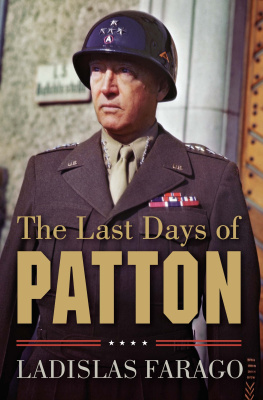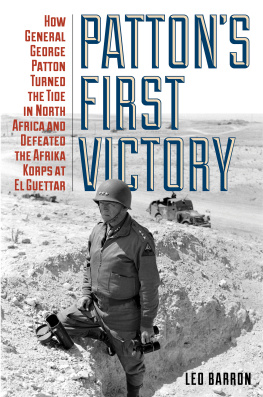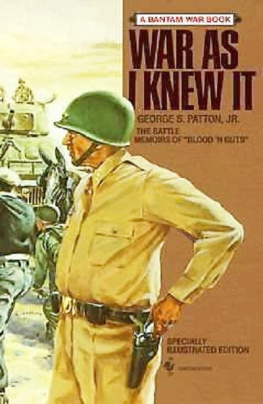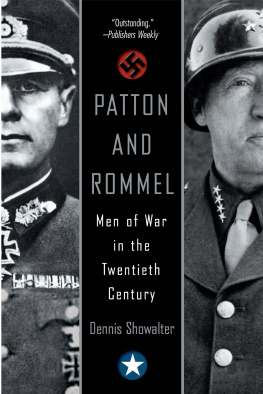Published by Stackpole Books
An imprint of The Rowman & Littlefield Publishing Group, Inc.
4501 Forbes Blvd., Ste. 200
Lanham, MD 20706
www.rowman.com
6 Tinworth Street, London SE11 5AL, United Kingdom
Distributed by NATIONAL BOOK NETWORK
800-462-6420
Copyright 2017 James L. Sudmeier
Revised February 2018
First Stackpole edition 2020 by James L. Sudmeier
All rights reserved. No part of this book may be reproduced in any form or by any electronic or mechanical means, including information storage and retrieval systems, without written permission from the publisher, except by a reviewer who may quote passages in a review.
British Library Cataloguing in Publication Information Available
Library of Congress Cataloging-in-Publication Data Available
ISBN 978-0-8117-3854-5 (hardcover)
ISBN 978-0-8117-6898-6 (e-book)
 The paper used in this publication meets the minimum requirements of American National Standard for Information SciencesPermanence of Paper for Printed Library Materials, ANSI/NISO Z39.48-1992.
The paper used in this publication meets the minimum requirements of American National Standard for Information SciencesPermanence of Paper for Printed Library Materials, ANSI/NISO Z39.48-1992.
To all the dogfaces of World War II who lived with the terror of war without the glory, to the replacements who performed their duty without a single buddy, and to the combat leaders who made the tough calls and took action without the accolades of history.
Contents
Guide
A mong the many heroic characters who have occupied the American stage, General George S. Patton Jr. is one I find irresistible. For decades, I have been drawn to the aura of this flamboyant, handsome, charismatic, and outrageous celebrity. An innovator in the use of combined arms, the American general officer most feared by the Germans, Patton was unsurpassed as a battlefield commander in rapidly moving, fluid situations. He was almost always on the attack and by sheer willpower and force of personality, he made things happen. In staking out the role of America in World War II, initially subordinate to the Brits, Patton was a major force in political infighting. During the depths of World War II, news reports about General Patton, including two Life magazine cover stories, lifted the spirits of a nation. Patton had star quality aplenty and gave the American GI a name and a face. It was also beneficial that he fired up the troops to overcome their Judeo-Christian taboos against killing the enemy.
At the same time, I have been repelled by Pattons shameless abuse, bullying, and belittling of others, his egotism, snobbishness, racism, and xenophobia. He was extremely callous about the needs of his colleagues and subordinates, including many American soldiers who were needlessly killed or wounded under his command. It is most cruel that the names and reputations of many fine officers who served beside Pattons stara star that sometimes shone too brightlyhave suffered virtual oblivion.
The elements that make Patton such an enigmatic figurehis mercurial temper, his battlefield courage and brilliance, his abuses of subordinates, his ability to train and inspire the troops, his political gaffesall sprang from his own kind of madness. Patton possessed the rare attribute among general officers of being attracted to dangernot a normal human response. Since war is a form of collective insanity, the idea that leaders who are mentally ill will rise to the top in war or similar crises has been argued by Tufts and Harvard University psychiatrist Professor Nassir Ghaemi.
Pattons psychological instability was well known to his commanders. General Eisenhower, who had known Patton since 1919, reported him as a problem child,
Military historian Dan Crosswell hypothesized that Patton suffered from bipolar disorder, a condition he claims both Pattons father and aunt suffered from. have attributed Pattons anomalous behaviors to the learning disorder dyslexia. But after first attending school at age eleven, Patton became a voracious reader. Blumenson also suggested that the problem was attention deficit disorder (ADD), although starting as a teenager Patton developed intense focus. Ive heard the suggestion that Pattons behavior was caused by traumatic brain injuries and/or posttraumatic stress disorder (PTSD).
The present book is the first to diagnose Patton using the psychiatrists manual rather than guesswork or conjecture. I will show that the same craziness that made Patton dangerous to the enemy sometimes made him dangerous to his own soldiers and fellow officers.
The story of Pattons life has been written by some excellent biographers, among them Martin Blumenson, Carlo DEste, Stanley Hirshson, Ladislas Farago, John Rickard, Roger Nye, Charles Whiting, Pattons grandson Robert Patton, and Pattons daughter Ruth Ellen Patton Totten. What made Patton tick emotionally? is the subject of this psychobiographical study of the man. This book does not introduce new stories about Pattons life. Instead, I cite quotations and retell stories that best reveal Pattons psychological characteristics, while supplying an abundance of new analyses, context, and insights.
One could question the validity of psychoanalyzing a person long dead. To the contrary, Professor Ghaemi claims that the dead can be better subjects than the living, who sometimes try to obstruct their analysts and biographers. Patton made it a daily habit to write in his diary, which he used in part as an outlet for his frustrations, replete with obscenities. During separations (most of World War I and World War II) from his wife, Beatrice, he wrote frank and revealing letters to her almost daily. Convinced even in his twenties of his future greatness, he made certain that his essays, letters, and poems were preserved. These writings and his postWorld War II memoir, War as I Knew It, richly augmented after his death by revelations of family members and comrades in arms, provide extraordinary source material on Pattons psychology.
Psychiatric disorders in the United States today are classified in the Diagnostic and Statistical Manual of Mental Disorders, fifth edition (DSM-5)a consensus published in 2013 by the American Psychiatric Association. Using the DSM-5, I will present herein the justification for my conclusion that General Patton suffered from pathological, overt, narcissistic personality disorder (NPD). Thus he was an emotionally arrested, pre-moral, adult toddler who wielded the almost godlike power to command a half million soldiers in battle. Such a diagnosis makes it possible to understand the generals enigmatic personality and to rationalize his seemingly irrational behavior.
The main point of this book is to deal with Pattons mental problems, and thus I will spend more time discussing his weaknesses than his many virtuesthe latter already well covered in numerous biographies. While dealing with Pattons emotional problems, my admiration for the man and his unique gifts remains steadfast. In the final analysis, Pattons actions must be viewed against the backdrop of the wars he was trying to win.
The authors of DSM-5 say that it is not advised that nonclinical, non-medical, or otherwise insufficiently trained individuals use DSM-5 to assess for the presence of a mental disorder (italics mine). They also state, The definition of a mental disorder that is included in DSM-5 was designed for clinicians, public health professionals, and researchers (italics mine). I am using the DSM-5 for historical research. One more authors opinion cannot cause undue harm to a public figure when he or she is long since dead. A career academic, I trust that readers of this book will judge it based on the plausibility of my arguments, the quality of my discussion, and my command of the material (i.e.,









 The paper used in this publication meets the minimum requirements of American National Standard for Information SciencesPermanence of Paper for Printed Library Materials, ANSI/NISO Z39.48-1992.
The paper used in this publication meets the minimum requirements of American National Standard for Information SciencesPermanence of Paper for Printed Library Materials, ANSI/NISO Z39.48-1992.